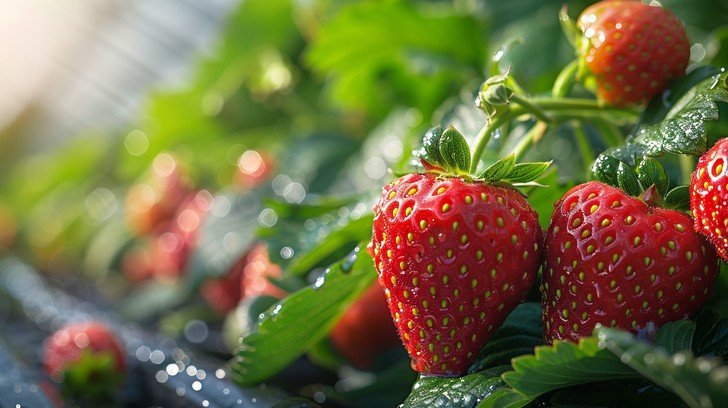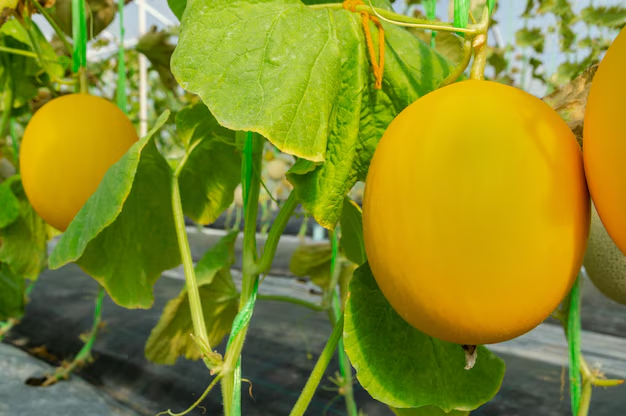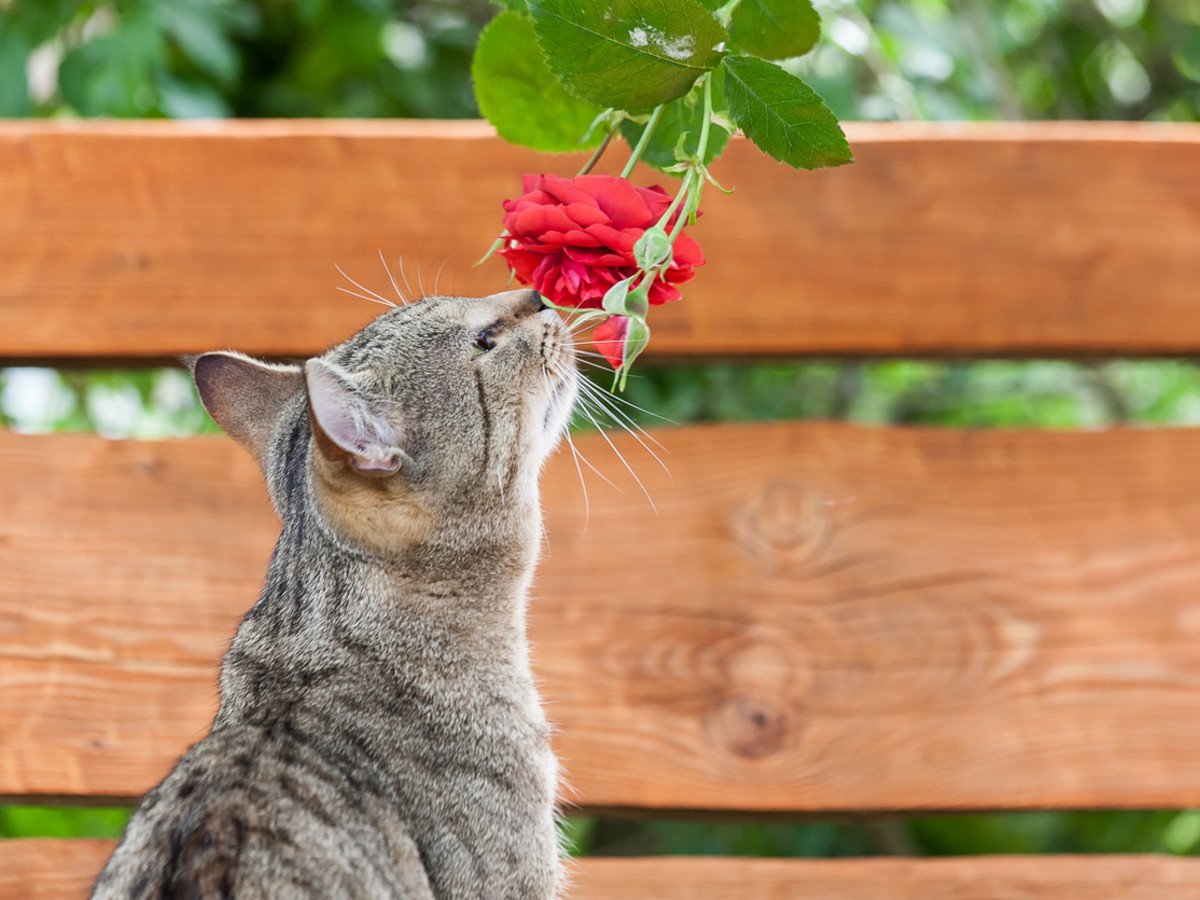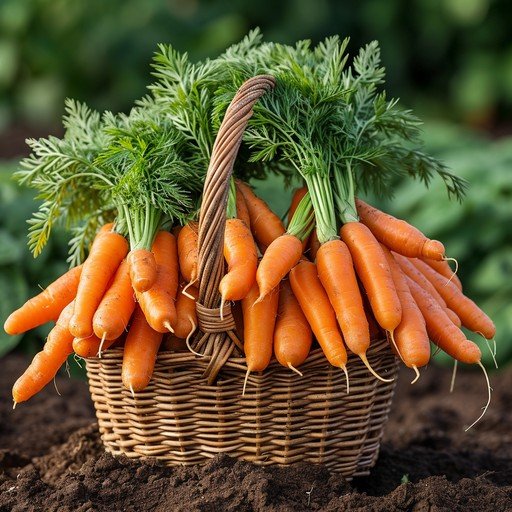How to Grow Strawberries at Home
Few things taste better than a sun-warmed strawberry picked right from your own garden. The best part? You don’t need acres of land to enjoy this treat—you can easily grow strawberries at home in containers, hanging baskets, or small garden beds.
Whether you’re a beginner or a seasoned gardener, strawberries are one of the easiest and most rewarding fruits to grow. This guide will walk you through everything from choosing the right variety to caring for your plants so you can enjoy a steady harvest of juicy, red berries.
Why You Should Grow Strawberries at Home
Growing strawberries at home offers several benefits:
-
Freshness and flavor: Homegrown strawberries taste sweeter because you can let them ripen fully before picking.
-
Cost-effective: A few healthy plants can produce bowls of berries for years.
-
Simple maintenance: Strawberries are compact, making them ideal for small gardens, patios, or even windowsills.
-
Family-friendly: Kids love planting and harvesting strawberries—making it a fun family activity.
Once you experience the difference in taste and freshness, store-bought strawberries will never compare.
(Explore more fruit-growing tips in our guide on how to grow blueberries in containers.)
Choosing the Right Strawberry Variety
Before you start, it’s important to pick the variety that fits your growing conditions and goals. Strawberries generally fall into three main categories:
1. June-bearing
These varieties produce a large, single crop once a year—usually in late spring or early summer. They’re perfect if you want a big harvest for making jams or freezing.
Examples: ‘Honeoye’, ‘Allstar’, ‘Chandler’
2. Ever-bearing
They produce two to three smaller harvests per year—one in spring, another in late summer, and sometimes one more in fall.
Examples: ‘Ozark Beauty’, ‘Quinault’
3. Day-neutral
These plants fruit steadily throughout the growing season as long as temperatures stay between 35°F and 85°F.
Examples: ‘Seascape’, ‘Albion’, ‘Tristar’
If you’re a beginner, day-neutral strawberries are the easiest to manage and give the most consistent yield.
Picking the Right Spot or Container
Strawberries love full sun—at least 6 to 8 hours a day. Choose a location with good air circulation and well-drained soil.
If you don’t have garden space, containers and hanging baskets are perfect alternatives. They prevent soil-borne diseases, save space, and make maintenance easier.
Container tips:
-
Use a pot at least 12 inches deep.
-
Ensure good drainage holes.
-
Line the bottom with pebbles for airflow.
-
Fabric grow bags are excellent for airflow and root health.
(For more guidance on setup, see our article on container gardening for small spaces.)
Preparing Soil for Strawberries
Strawberries thrive in rich, slightly acidic soil with a pH between 5.5 and 6.5. If you’re planting in the ground, loosen the soil to at least 8 inches deep.
Soil mix for containers:
-
1 part potting mix
-
1 part compost
-
½ part perlite or coarse sand for drainage
Mix well and moisten before planting. Avoid heavy clay or overly wet soil—strawberry roots rot easily if they stay soggy.
Planting Strawberries the Right Way
You can plant strawberries from seeds, bare-root crowns, or starter plants. For beginners, bare-root crowns or young potted plants are easiest.
Steps for planting:
-
Fill your pot or bed with prepared soil.
-
Make small holes about 12 inches apart.
-
Place the plant so that the crown (where roots meet leaves) is level with the soil surface.
-
Cover roots gently and firm the soil around the plant.
-
Water well immediately after planting.
Spacing: About 12–18 inches apart for in-ground planting and 8–10 inches apart for containers.
Timing: Early spring is the best time to plant strawberries, though you can start indoors in late winter and transplant once the weather warms up.
How to Care for Strawberry Plants
Watering
Consistent moisture is essential. Water deeply 2–3 times a week, keeping the soil evenly moist but not soggy. Avoid overhead watering to prevent leaf diseases—drip irrigation or a watering can aimed at the base works best.
Mulching
Apply a 2-inch layer of straw, pine needles, or shredded leaves around your plants. Mulch helps retain moisture, keeps fruits clean, and prevents weeds.
Feeding
Use a balanced organic fertilizer or compost tea once every 3–4 weeks during the growing season. Avoid too much nitrogen, as it encourages leaf growth instead of fruiting.
Pruning
Remove runners (the long stems that form baby plants) during the first growing season to help the main plant establish strong roots. Later, you can let a few runners root to expand your strawberry patch.
Protecting Strawberries from Pests and Diseases
Common pests like slugs, birds, and aphids love strawberries as much as you do. Here’s how to protect your crop naturally:
-
Birds: Use netting or reflective tape to deter them.
-
Slugs and snails: Sprinkle crushed eggshells or diatomaceous earth around plants.
-
Aphids: Spray with a mild soap solution or neem oil once a week.
-
Fungal issues: Ensure proper spacing and good airflow; avoid watering the leaves.
Regularly remove dead leaves or moldy fruits to keep plants healthy.
Harvesting and Storing Strawberries
Strawberries are ready to pick when they’re fully red and firm to the touch. Check plants daily during peak season because fruits ripen quickly.
Harvest tips:
-
Gently twist the berry from the stem or cut it with scissors.
-
Harvest early in the morning when the berries are cool and firm.
-
Avoid washing until just before eating to prevent spoilage.
Store freshly picked strawberries in the refrigerator for up to 3–4 days or freeze them for long-term use.
Growing Strawberries Year After Year
Strawberry plants typically remain productive for 3–4 years. After that, yield and fruit size decline. To keep a steady supply, plant a few new runners each season.
In colder climates, protect your plants during winter:
-
Move containers to a sheltered spot or unheated garage.
-
Mulch heavily with straw or dry leaves in garden beds.
With proper care, your strawberry patch will continue producing season after season.
Eco-Friendly Tips for Strawberry Gardening
-
Use homemade compost or organic fertilizer instead of chemicals.
-
Collect rainwater for irrigation.
-
Reuse old containers or wooden boxes for planting.
-
Attract pollinators by growing flowers like marigolds or lavender nearby.
(Learn more about sustainable garden care in our post on homemade organic fertilizers.)
Common Mistakes to Avoid
-
Planting too deep or too shallow—keep the crown level with the soil.
-
Overwatering, which can cause root rot.
-
Letting runners grow uncontrolled during the first year.
-
Using poor-quality soil without compost or nutrients.
Avoid these mistakes, and you’ll be harvesting your own juicy berries in no time.
Final Thoughts
Learning how to grow strawberries at home is easier than it looks. With a few containers, good sunlight, and consistent care, you can enjoy fresh, sweet berries right from your backyard or balcony.
The satisfaction of plucking your own strawberries—still warm from the sun—is unbeatable. Start small, be patient, and watch your garden reward you with delicious fruit for years to come.








